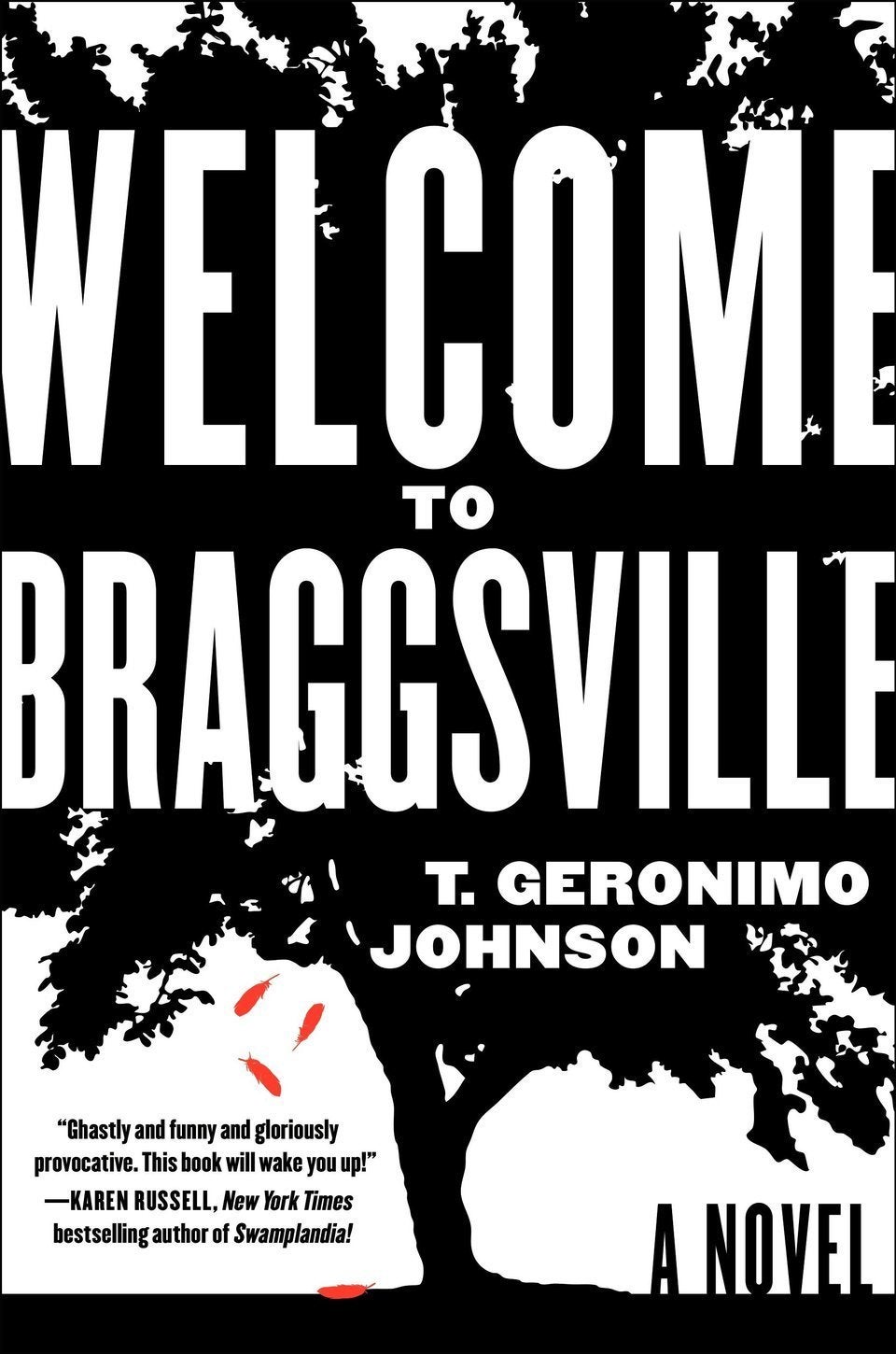A Chechen soldier sits at the bottom of a ditch -- large for a well but maddeningly small by any other standards that should be met by a life-providing space. He's not alone: with him is his brother in arms, a dippy guy full of stories about his lovely wife back home, and a daily Siberian visitor who provides food and the distraction of manual labor.
The soldier, Kolya, isn't horrified by his imprisonment -- he'd rather be here than where he was before, actively targeting enemies -- but still must soothe himself by creating little goals he'll accomplish once he's free. For starters, he hasn't been with a woman in what feels like an eternity, his only reprieve being fictional fantasies about his co-prisoner's wife. Secondly, he gleans joy from his daily task of sowing a garden -- one his captor hopes will resemble an idyllic landscape once painted by the now war-torn grounds where they're settled. And finally, he occasionally thinks of the mixtape he keeps in his pocket, one his brother made him in case of an emergency. One day, he hopes he'll have the means to listen to it. This curiosity, above all else, keeps him going.
The message here, and in all of the connected stories that make up Anthony Marra's first collection, is that artistic endeavors have the power to fuel hope, and to speak across generations, even if the message gets misinterpreted and remixed along the way.
In one such story, a former art student is tasked with working as a censor for the Soviet Union in the late '30s. He justifies the malice of his work by painting his brother, a dissident, into the photos he retouches. But, when he’s given the job of removing a ballerina who eerily resembles his brother’s wife from a work of art, he’s faced with a decision that haunts him. That ballerina’s roots are untangled in another story, narrated collectively by a gaggle of women who envy and closely follow the life of her granddaughter, a starlet in their town. The starlet, Galina, had a youthful romance with Kolya, the aforementioned soldier, who spent his final days imprisoned, forced to build an herb garden just like one from a famous, but lesser-known painting. And Kolya, who spent his youth horsing around his father’s seldom-visited space museum, stars in yet another story, this one narrated by his devoted, albeit slackerish brother -- the one who made him the hope-fueling mix tape.
The Tsar of Love and Techno is Marra's second book. Like his first, many of the events center on the Second Chechen War, either by illuminating the problems that preceded them, or by jumping into the throes of destruction. Like the Soviet Union itself, Marra’s stories are separate, fractured entities united under one well-meaning theoretical principle. In Marra’s case, that principle is the ability for art to connect us, to save us from isolation. For some of his characters, this sentiment is realized: a beautiful field is constructed to resemble a painting, making a prisoner’s final days bearable; a brother’s mix tape, saved for desperate times, is finally heard. For others, though, their attempts to connect via painting, singing, dancing, or telling stories, fall short.
It is precisely the fractured nature of his stories -- the way some fit together, and others don’t, the way some characters’ fates are realized, while others struggle with deep disappointment -- that makes Marra’s collection beautifully true to life.
“What divine imagination could conjure something so imperfect as life?” he writes in his final story, one in which narrator Kolya listens to his brother’s tape during his final moments of life. The inquiry doesn’t go unanswered. Kolya, raised as he was on space lore, observes: “The Americans might have had superior science, but we had superior imagination.”
The bottom line:
Marra’s collection weaves disparate, tragic stories together with the works of art that connect them, from a stunning, censored portrait of a ballerina, to a lovingly crafted mix tape. His portrayals of intimacy will make you weep, but it won’t be long before you’re laughing again at the quiet jokes he slips into each scene.
Who wrote it:
Anthony Marra is the author of A Constellation of Vital Phenomena, a novel set during the Chechen Wars. He teaches at Stanford University and lives in Oakland.
Who will read it:
Those interested in sprawling, generational sagas, stories about art, and stories that will probably make you cry.
Opening line:
I am an artist first, a censor second.
Notable passage:
But before all that, we went as a family to Lake Mercury, my mother in her leopard-print bikini, my brother and I in our leopard-print bikini bottoms, and we splashed in the lake, the water a mouthful of dirty change, my open eyes burning as I watched the flailing limbs of decapitated swimmers, and at the end of the day, when everyone was sun drunk, or punch drunk, or just drunk, that hour in summer when falling inhibitions and rising permissibility intersect, my father chased my mother across the gravel bank.
by Anthony Marra
Published October 6, 2015
Hogarth, $25.00
Also on HuffPost:

